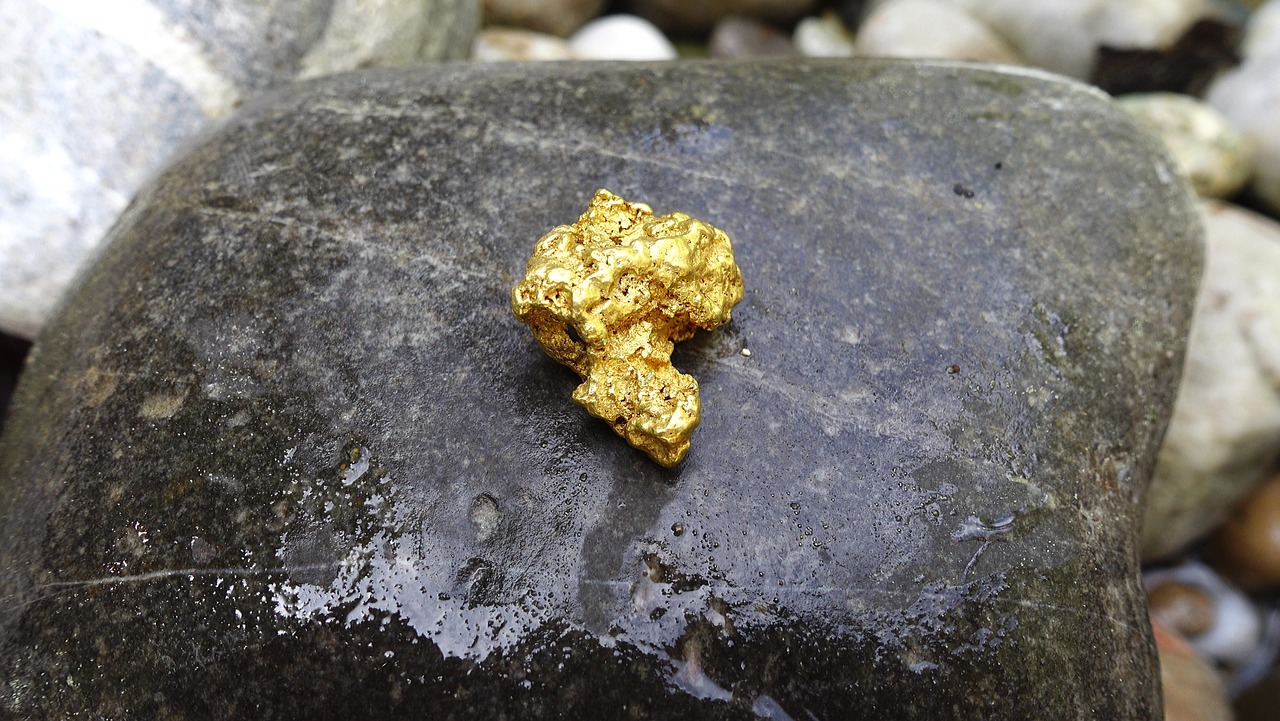New research reveals that sulfur emissions from ancient volcanic activity played a pivotal role in concentrating gold into rich ore deposits, offering valuable insights for mining and geology.
Key Points at a Glance
- Ancient volcanic sulfur helped concentrate gold into mineable deposits.
- The findings could improve efficiency in mineral exploration.
- The discovery has implications for both economic and environmental studies.
Gold has long been one of the most sought-after resources, prized for its rarity and enduring value. Despite its presence throughout the Earth’s crust, gold is rarely found in high concentrations. Scientists have uncovered a critical factor in the formation of rich gold ore deposits: sulfur emissions from ancient volcanic activity. These emissions, when released during eruptions, created unique conditions that allowed gold to accumulate into concentrated deposits over geological timescales.
The process begins with sulfur gases emitted during volcanic activity, which interact with seawater and surrounding rocks. This interaction produces acidic conditions that leach metals, including gold, from the crust. These metals then precipitate out of solution, forming deposits rich in gold and other valuable minerals. These findings provide new understanding of how volcanogenic massive sulfide deposits, key sources of gold, silver, and base metals, form in submarine volcanic environments.
The discovery of sulfur’s role in this process has significant implications for the mining industry. By identifying regions with evidence of ancient volcanic activity and sulfur emissions, geologists can more accurately locate areas with potential for rich gold deposits. This targeted approach could reduce the costs and environmental footprint of exploration and mining, making resource extraction more sustainable.
Beyond mining, these findings offer valuable environmental insights. Sulfur emissions from ancient volcanoes are analogous to modern industrial sulfur dioxide emissions. Studying these natural processes helps scientists understand how sulfur compounds interact with ecosystems, providing data that may influence current environmental policies and mitigation strategies.
This research also sets the stage for future investigations. By leveraging advanced geochemical analysis and modeling techniques, scientists aim to reconstruct the ancient conditions that facilitated the formation of these deposits. Understanding these mechanisms not only enriches our knowledge of Earth’s geological history but also equips industries to responsibly meet growing demands for precious metals.
The link between volcanic sulfur and gold deposits highlights the intricate interplay between geological processes and the natural resources humanity depends on. As our understanding deepens, these insights promise to guide both sustainable resource extraction and better environmental stewardship.
